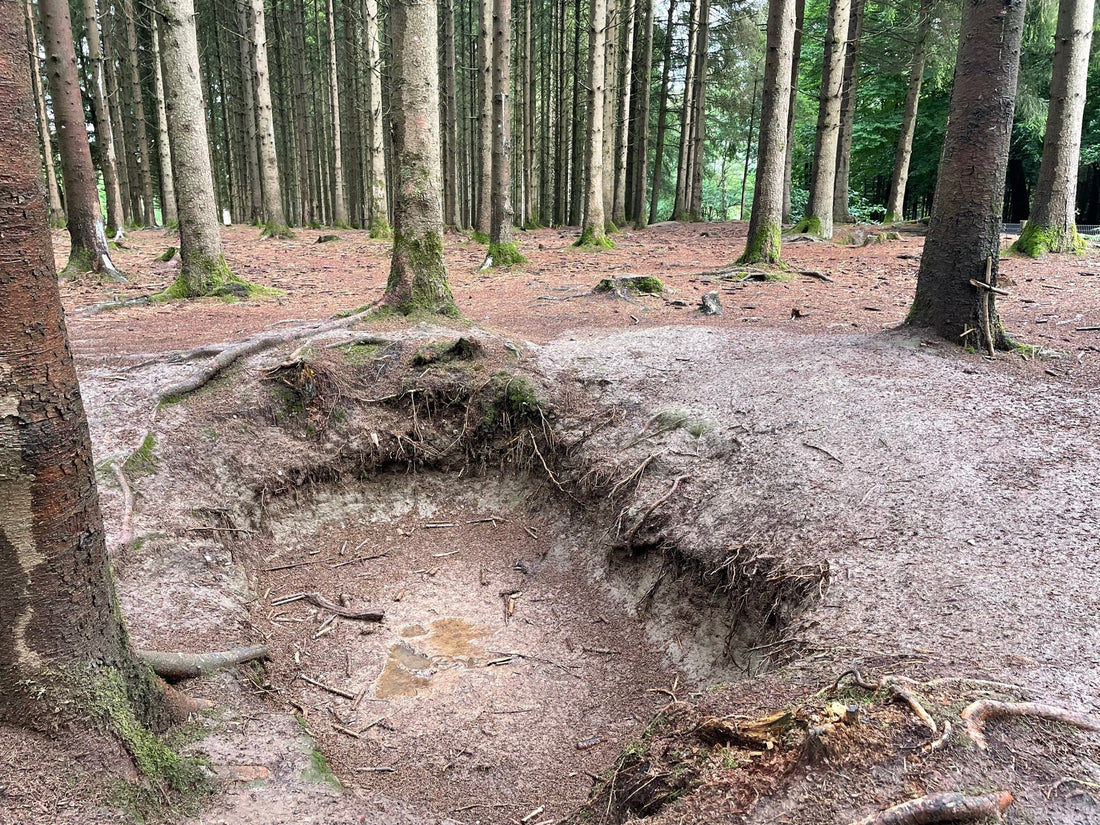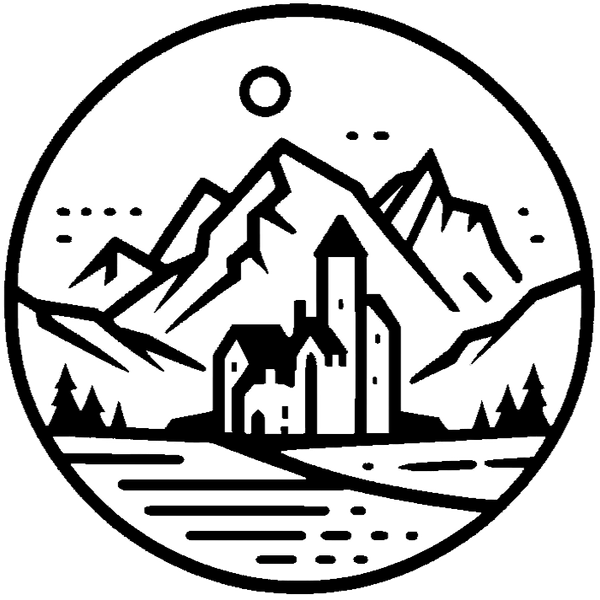
The worst shelling of the war: Easy Company in the Bois Jacques
Snow muffled the Ardennes that morning—until it didn’t. One moment the woods were quiet. The next, the sky in the Bois Jacques split open.
Today, we’re a few kilometers outside Bastogne, Belgium—January 3, 1945. Easy Company, 506th PIR, 101st Airborne Division, moved back toward its battered foxholes above Foy. Among the men: Sgt. Carwood Lipton, Sgt. Joe Toye, Sgt. Bill Guarnere, Lt. “Buck” Compton, and medic Eugene Roe. They were exhausted, cold, short on everything but duty.
The scene unfolds
The Germans had watched the ground and zeroed their guns. The first salvos detonated in the treetops—perfect “tree bursts” that turned branches into daggers. Heavy rounds—likely 170 mm mixed with 88s—walked the line. The earth heaved. Ears rang. Men hugged the dirt, then clawed it deeper. Those without foxholes paid immediately.
Lipton was caught forward, flattened in a shallow scrape as the first blasts shook the woods. When the bombardment paused, he ran to organize what was left—sending some men to the wounded, others to brace for an infantry push that might follow. He found Pvt. Shep Howell grinning under a fallen trunk the squad dug away from his hole. All around, voices rose: “Medic!”
Joe Toye had just returned from the aid station, arm in a sling. He still went looking for his squad. A shell burst above him. Shrapnel ravaged his right leg and tore into his torso and arms. Bill Guarnere sprinted to pull his friend in. Another burst. Guarnere’s right leg was shredded. The snow turned the color of iron.
Buck Compton saw his friends down and the line in pieces. He ran shouting for help and for medics, then was evacuated himself—his body and nerves spent after months of combat. In the madness, Roe worked triage with frozen hands and calm urgency, tourniquets and morphine the only buffer between life and loss.
The shells returned—another calculated pause, another hammer. Men smoked a last cigarette for a friend. Others promised God bargains they could barely form aloud. Between barrages, Lipton steadied the survivors. Some were close to breaking; some were oddly calm. In that churn of fear and duty, Easy Company did what it had done since Normandy: it held.

The Aftermath
When the firing ebbed, stretcher teams threaded the trees. Toye and Guarnere—two of the toughest in the outfit—were carried out together, each missing a leg, each alive because men risked themselves to reach them. The woods looked like a lumber camp after a cyclone. The company looked smaller.
For many, this was the first moment Bastogne truly showed its teeth. The barrage didn’t just gouge the forest; it stripped nerves to the root. Yet the line above Foy remained. Tomorrow would bring new orders. The memory of that day would stay forever.
The Bois Jacques on January 3 wasn’t about sweeping maneuvers or grand maps. It was fifty yards of snow and splinters—where friendship, leadership, and reflex kept a company from breaking. The men who walked out were different from the ones who walked in. The line held because they did.
Want more stories like this delivered to your inbox?
Subscribe to our newsletter on www.BergsAndBurgs.com to get new historical deep dives straight to your email.
Learn more (books and firsthand accounts)
- Stephen E. Ambrose, Band of Brothers
- Dick Winters with Cole C. Kingseed, Beyond Band of Brothers
- William “Wild Bill” Guarnere & Edward “Babe” Heffron, Brothers in Battle, Best of Friends
- Don Malarkey with Bob Welch, Easy Company Soldier
- Lynn “Buck” Compton with Marcus Brotherton, Call of Duty
Photos courtesy of U.S. Army Signal Corps, James Skeffington, and Unsplash.
Plan your own visit
See the Bois Jacques and the Bastogne battlefield for yourself. All the info you need is in the Band of Brothers Travel Guide on Amazon.
